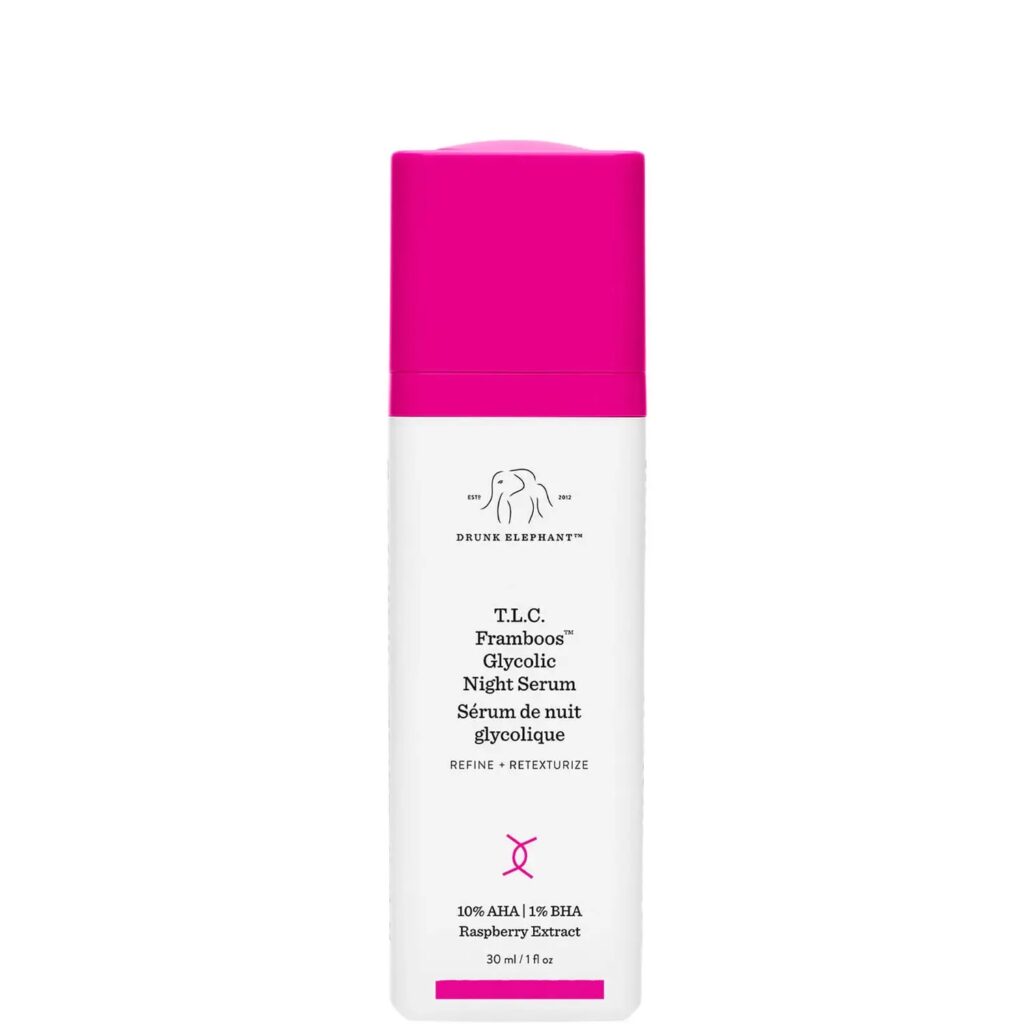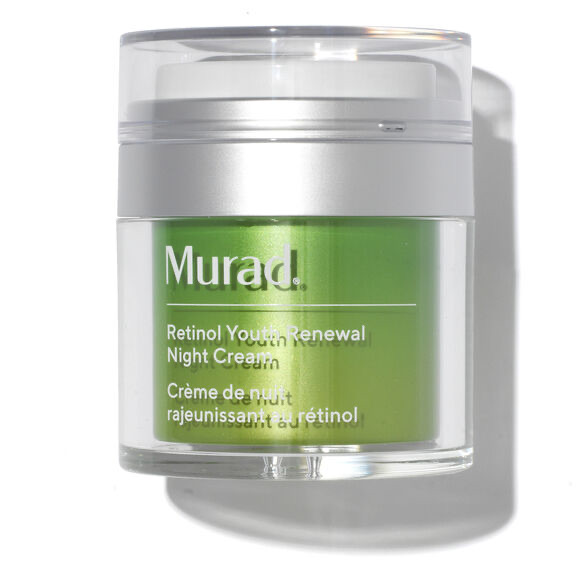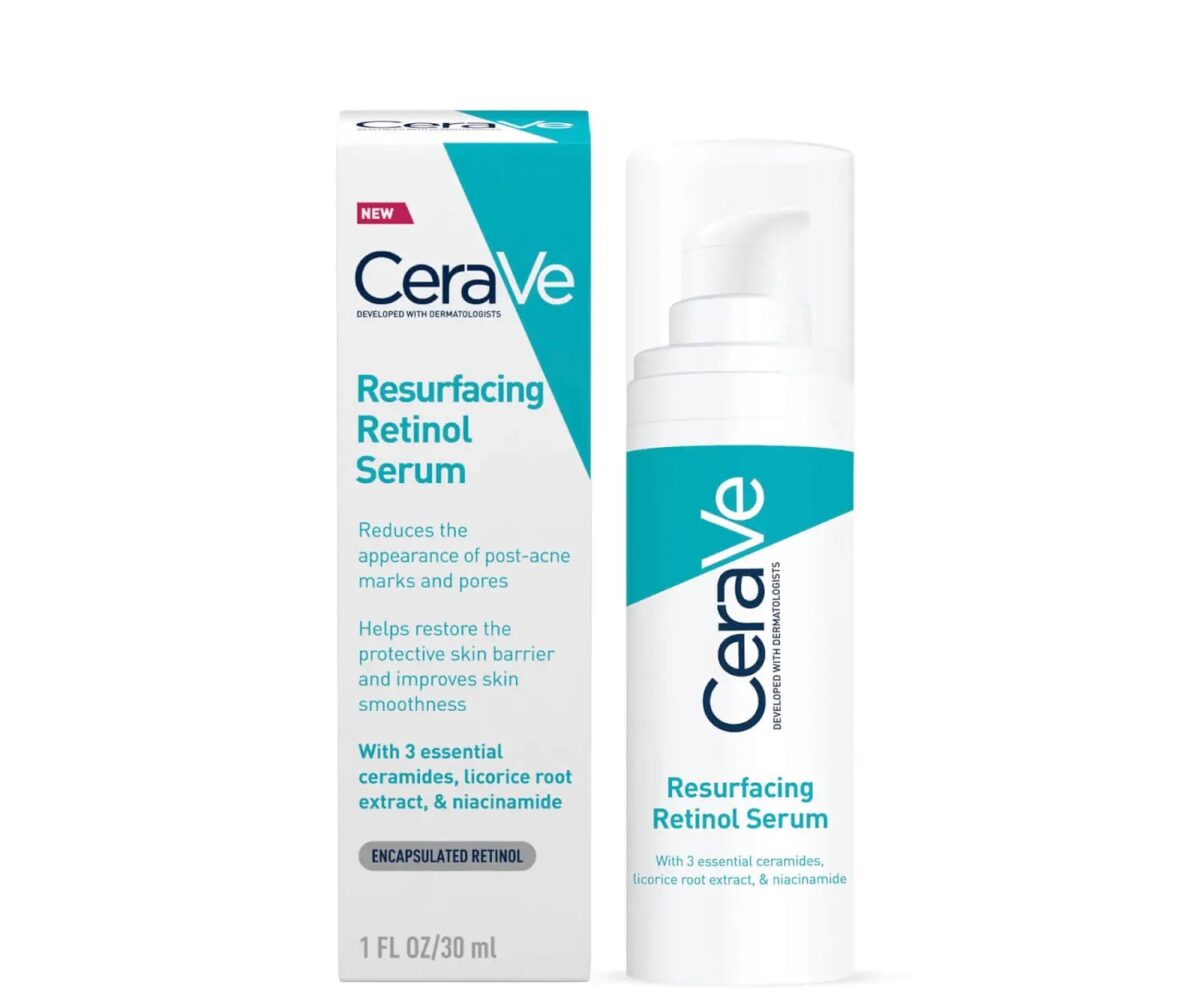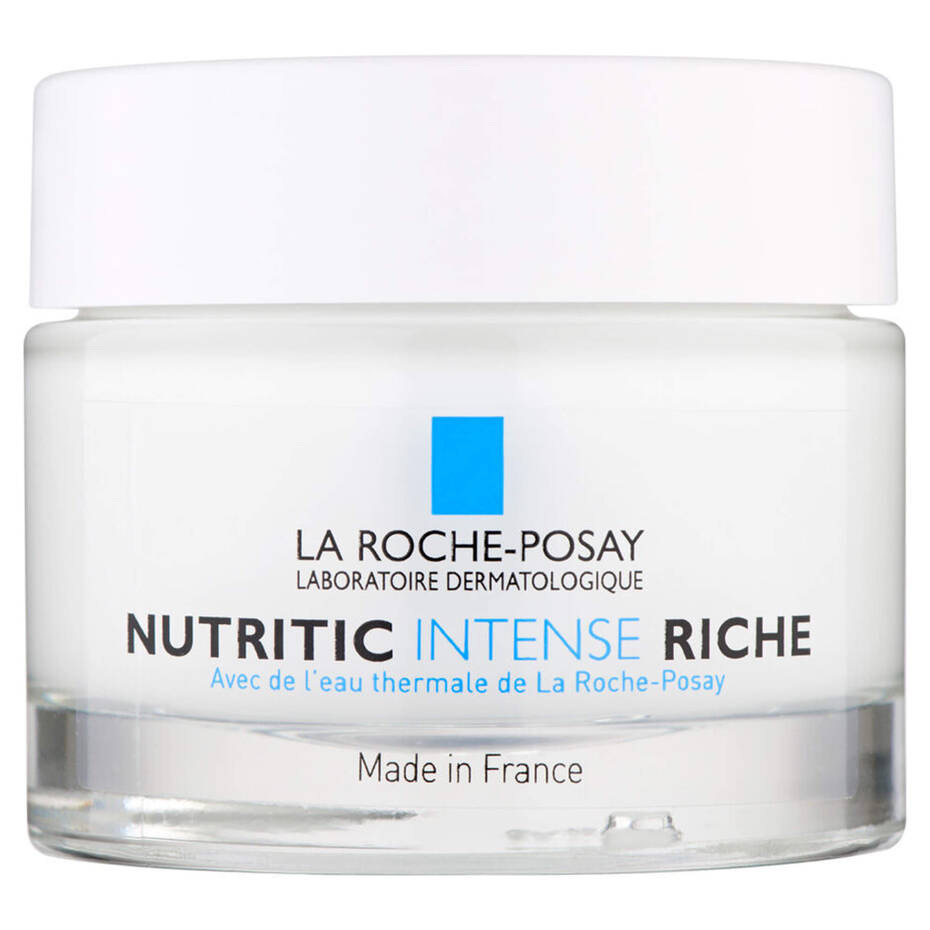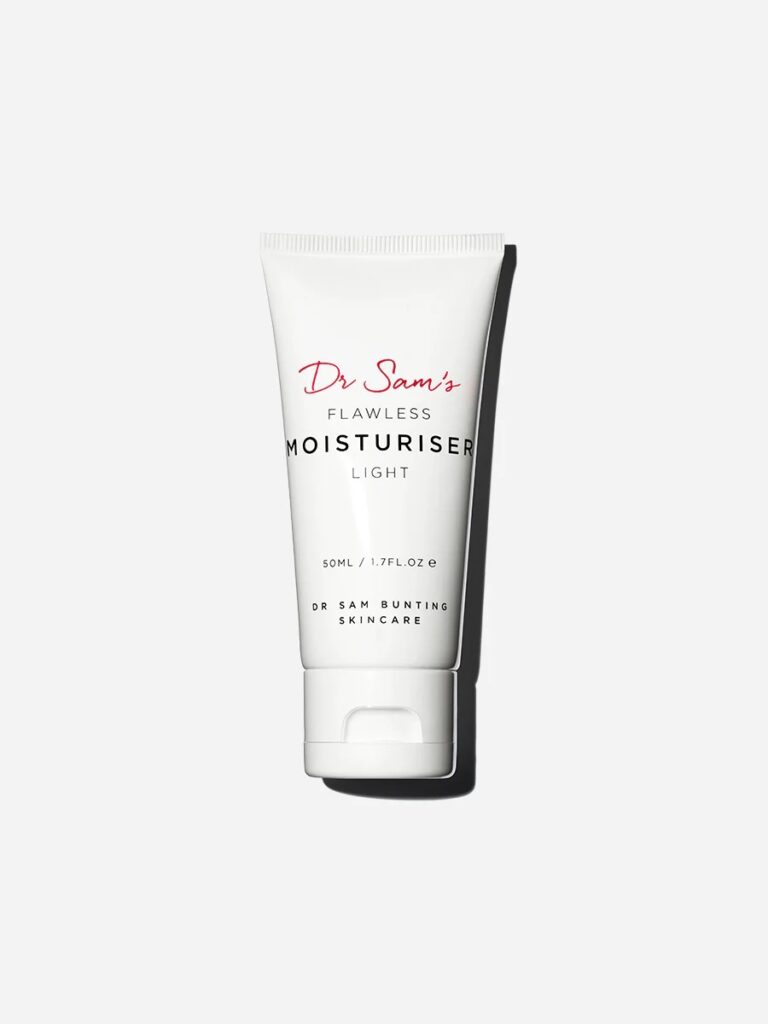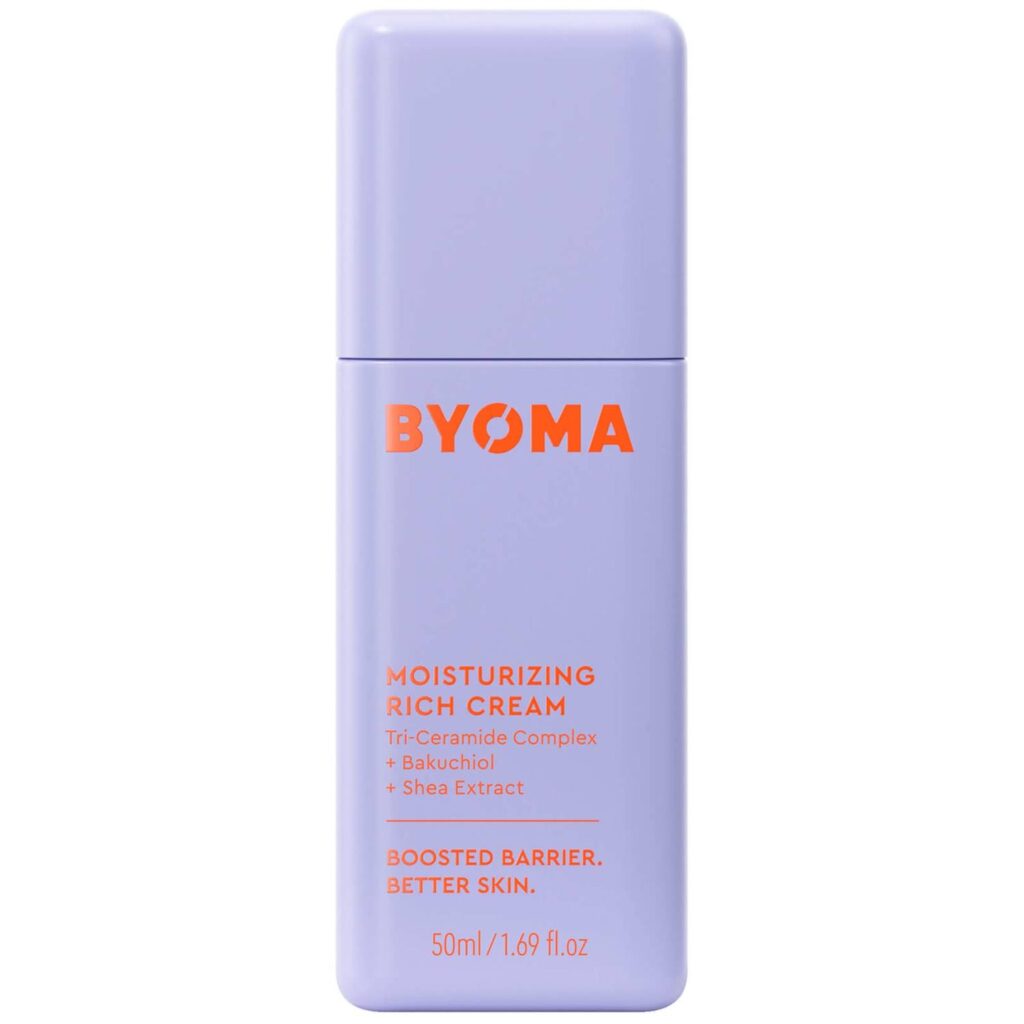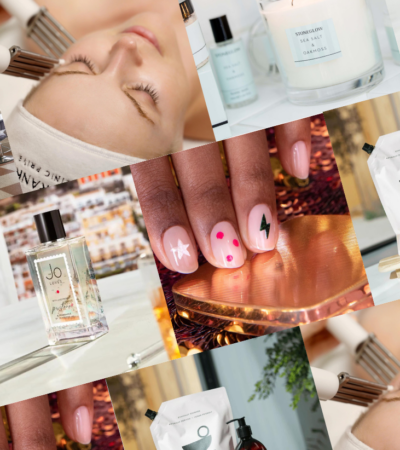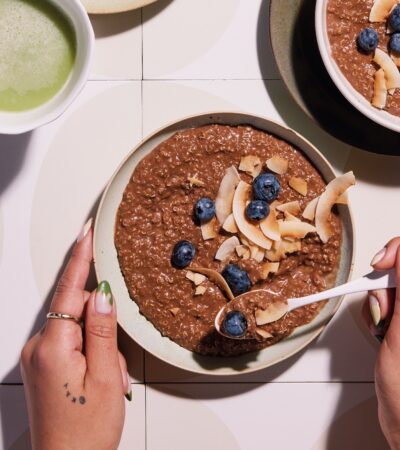If you’re on social media you’ll have probably come across the term ‘skin cycling’. In fact, with 3.5 billion views on TikTok and countless Instagram videos revealing the ‘4-day cycle’ (effectively rotating active ingredients to maintain skin health), it’s hard to miss it. However, unlike some of the viral skin terms fighting for your attention right now, it’s one that many experts get behind. But is it the catch-all skin hero TikTokers claim it to be? And can it yield visible benefits for your skin? We asked some of the best dermatologists for their take on the buzziest skincare trend.
Firstly, what exactly is skin cycling?
“Skin cycling is the practice of intermittent use of actives throughout the week, with rest days to allow the skin to recover,” shares Dr Emma Wedgeworth, Consultant Dermatologist for La Roche-Posay. “The original pattern was a 4-day cycle with exfoliation on night 1, retinoids night 2 and then 2 nights of rest,” she adds. And if you’re wondering what constitutes actives, they include common active skincare ingredients like niacinamide, retinol, AHAs, BHAs and vitamin C.
“It involves using specific active ingredients only on certain days,” agrees Dr Alexis Granite, CeraVe’s Consultant Dermatologist. “The rest phase then allows the skin to repair and reduce the risk of irritation,” she adds. As opposed to using the same formulas and skincare routine every night, you switch up and rotate your products between exfoliating formulas and moisturising creams. The aim here is to help support the skin barrier, aid skin recovery and give your skin a break from potentially harsh or irritating ingredients.
Given that everyone’s dermis is different, the exact number of rest days or the pattern, however, will depend on your individual skin type, she continues. While the average skin cycle is 28 days, it may differ depending on your age. “It may be shorter in teens (14-21 days) and grows longer as we age, reaching up to 60 days in our 50s and beyond.”
What are the benefits of skin cycling?
Anyone can benefit from skin cycling, says Dr Granite, but particularly those with sensitive skin. “Cycling is a nice option when starting potentially irritating ingredients such as retinol and exfoliators,” she shares. “This can be incredibly useful to allow the skin barrier to repair and replenish, therefore, reducing the risk of dryness and sensitivity which so often happens with overuse of actives,” agrees Dr Wedgeworth. Not only does skin cycling allow your skin to reap the benefits of one ingredient or formula as opposed to layering on a ten-step routine with multiple actives but it also reduces the risk of irritation from using excess ingredients at once; it prevents overstimulation and helps support skin renewal, giving your skin barrier time to adjust and heal as opposed to being overloaded with products.
Do dermatologists back the trend?
“By incorporating skin cycling, individuals can achieve a balanced and effective skincare routine tailored to their skin’s unique needs,” says Dr Nowell Solish, Dermatologist, Indeed Labs. However, like all trends that circulate on social media, there’s some debate around the topic. And that’s, for the most part, due to the blanket advice portrayed on TikTok which doesn’t consider all skin types, levels of sensitivity and individual concerns. “As a dermatologist, I generally support skin cycling, especially for those with sensitive skin or who struggle with daily active ingredient use,” says Solish. But it’s not for everyone, he warns. “For individuals who tolerate daily treatments well, skin cycling may not be necessary.”
Dr Wedgeworth agrees. “The last few years have seen skincare routines become more and more complicated, so it’s refreshing to see a trend which is about stripping back and simplifying,” she says. “However, no one routine will be suitable for all skin types. I don’t believe in exfoliating for sensitive skin or conditions such as rosacea and eczema. Similarly, those with blemish- or pigmentation-prone skin may benefit from using a retinoid daily where possible to ensure best results.”
Is there anything to be wary of?
While skin cycling can translate to healthier skin, it’s crucial to be mindful of individual skin reactions and adjust the routine accordingly, shares Dr Solish. Similarly, it might not be the right route for you if your skin isn’t sensitive. “If your current skincare routine works well and your skin tolerates daily retinol use without issues, skin cycling may not be necessary,” he adds.
“There are some ingredients that work best when used regularly, particularly if you are trying to tackle a particular goal like blemishes,” agrees Dr Wedgeworth. “My concern with skin cycling is that using ingredients like retinoids just once per week, may not result in the same benefits as using most days.”
As ever, if you’re using new formulas most experts recommend doing a patch test for new products and to monitor your skin’s response to different ingredients.
A skin cycling routine: from day to night
“A skin cycling routine typically includes exfoliating with topicals one night, using retinols the next, and then using recovery creams for a few nights before repeating the cycle,” shares Dr Solish. However, it’s important to note that the active ingredients needed for a skincare routine will differ from person to person. If your skin isn’t sensitive, you may benefit from using actvies like retinol and AHAs more regularly. For your skin routine, always cleanse your skin first, use a toner, followed by an active ingredient, your moisturiser and SPF for the day.
EXFOLIATE
RETINOL
MOISTURISE
As Dr Wedgeworth points out, this won’t be a solution that works for everyone. “I personally don’t advise the exfoliation/retinoid/rest cycle. However, I certainly support the concept of rest days. This is particularly important when you are first introducing an active into your regime or if you are noticing irritation when using actives such as retinoids. She advises starting off by using active ingredients twice a week for 2 weeks, then alternating days for 2 weeks, then up to daily use if tolerated. Finally, she says, “think of introducing an active like starting an exercise regime – building up slowly is the best way to start.”
Depending on your skin type, concern and personal skin goals, switching between active and restorative ingredients could maintain real skin results, improve the skin barrier function and be a real solution to achieve a healthy, glowing complexion.
words by Amelia Bell





